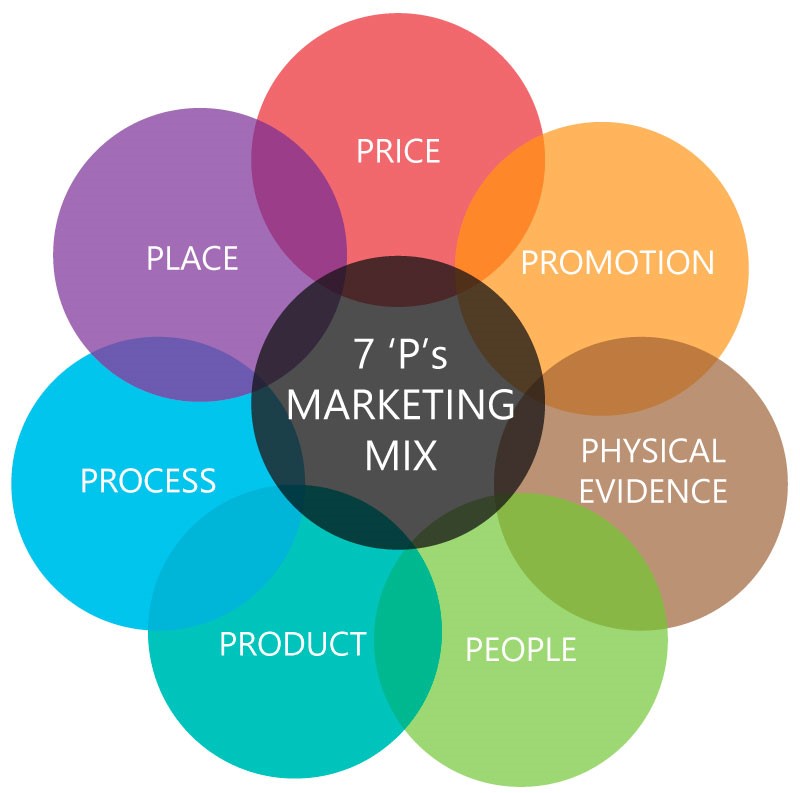You might not be advertising your services, but you probably do make an effort to know your customers well. Your instincts tell you that figuring out what every customer wants, and meeting those expectations, will keep you in business.
You know that you need to improve and extend existing products, and sometimes develop new ones.
If this description rings true, your marketing activity closely fits the classic definition used by CIM. But is this kind of ‘unconscious’ marketing adequate?
If you don’t understand that you’re ‘doing’ marketing, it’s hard to keep things consistent over time. This isn’t an obvious problem for very small organisations, but marketing on the hoof becomes less feasible as you grow.
How do you create a proper marketing strategy for the future? How can you keep up with your competitors, exploiting all the latest technological developments at a time of rapid change?
Applying a simple marketing framework is vital. It enables you to plan your activities in advance, find out what works, then use them again when and where they are most effective.
The rest of this article will help you to do just that, giving you suggestions for practical marketing that builds on what you are already doing.
It deals with what a company is going to produce; how much it is going to charge; how it is going to deliver products or services to the customer; and how it is going to tell its customers about its products and services.
Traditionally, these considerations were known as the 4Ps — Product, Price, Place and Promotion.
As marketing became a more sophisticated discipline, a fifth ‘P’ was added — People.
More recently, two further ‘P’s were added — Process and Physical evidence.
Originally formulated for the service industry, they are just as important in other sectors.
In the 1990s, as experts realised that business had to become more customer-centric, an alternative ‘4 Cs’ of marketing was proposed.
Correlating almost directly with the original 4PS, they were: Customer, Cost, Convenience and Communication.
The 7Ps model, however, has endured and more than adequately incorporates today’s customer-first marketing world.
